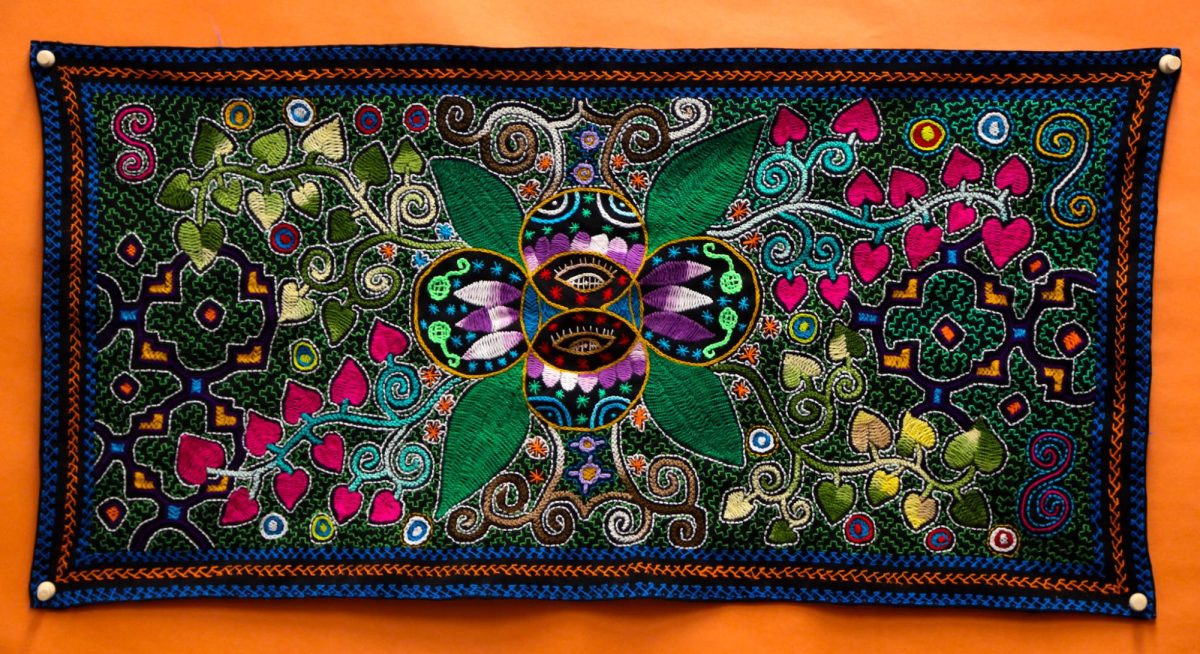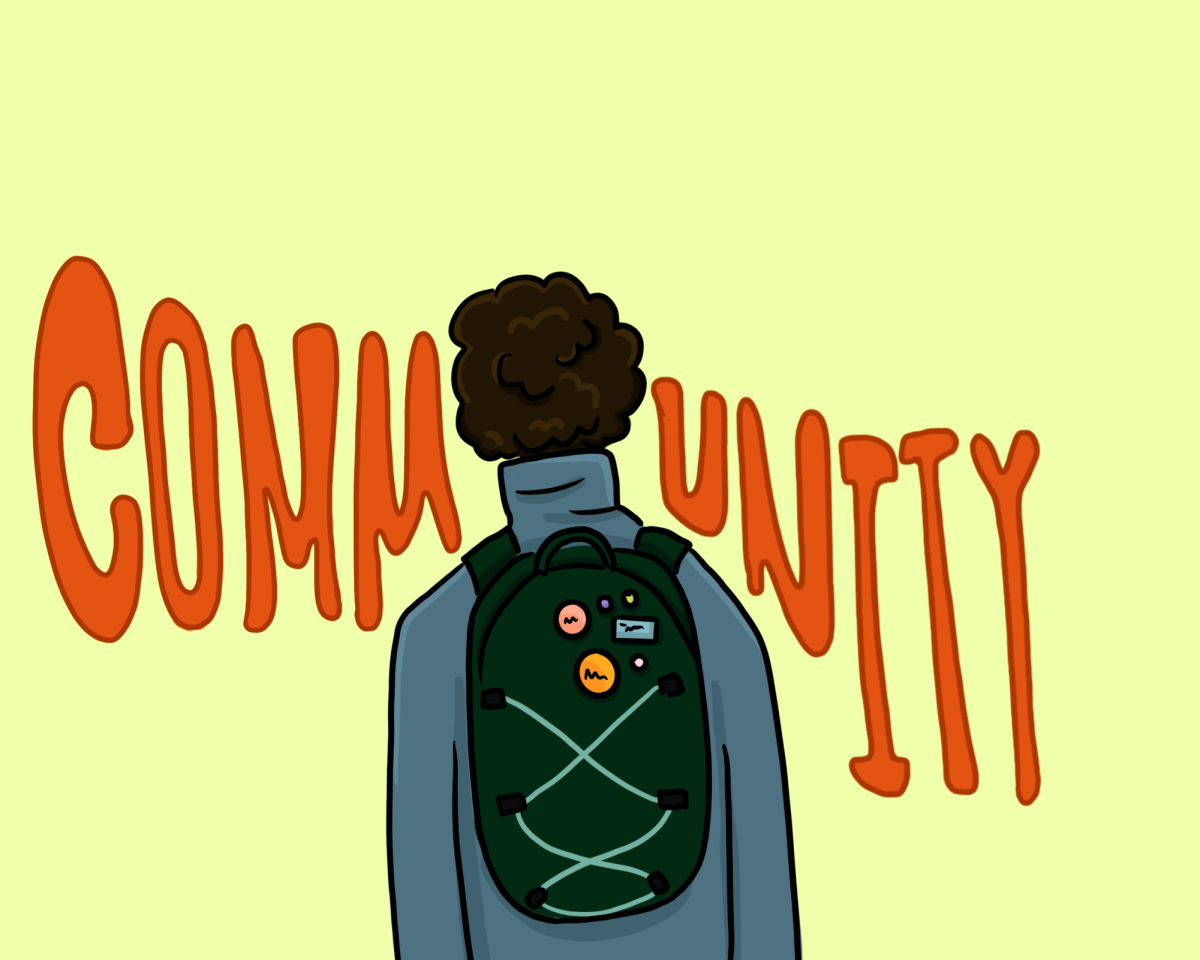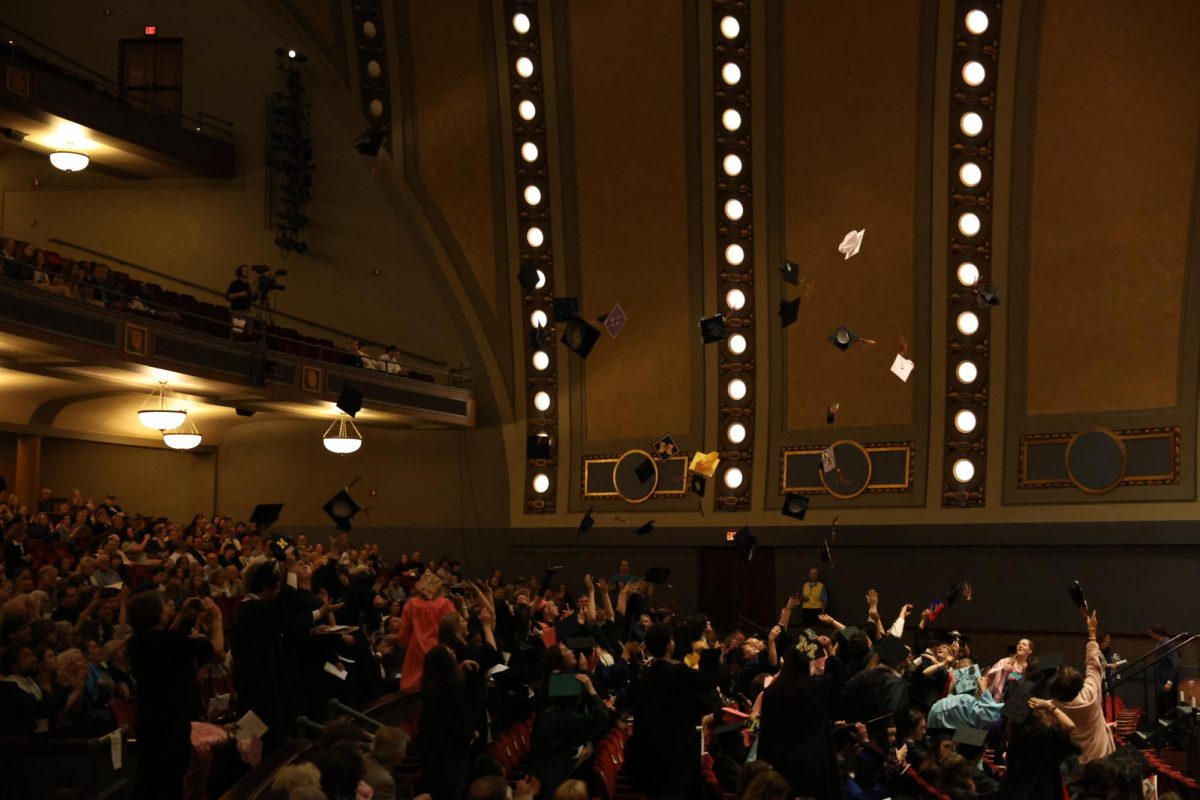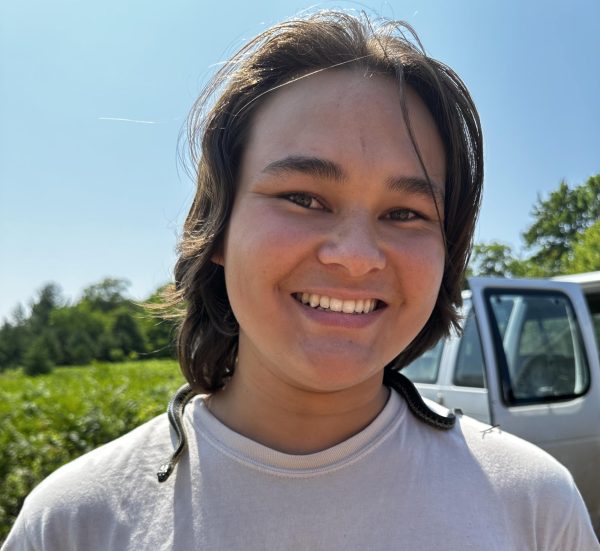The women sang and the fish danced. Rebecca Buell, CHS FOS teacher, hadn’t expected it — and she couldn’t explain it. She was with a group of Shipibo tribe members from South America, who are known for their healing practices, particularly with plants rooted deep in the Amazon rainforest.
Buell is an ethnobotanist. Since 2015, she’s studied many of the South American plants that the Shipibo people use for their medicines, describing ethnobotany as: “The conservation of medicinal plant knowledge.”
Although the Shipibo tribe is isolated deep within the Amazon rainforest, they did experience the severe impacts of colonization, starting hundreds of years ago. Due to diseases brought to the Americas by European settlers, many indigenous people felt the impact. Along with the disease, the Shipibo people were impacted by the rubber boom. As the rubber business grew, the Shipibo tribe’s people were exploited for economic purposes. There were an estimated 80% of indigenous individuals who were enslaved during that time.
“A lot of their culture and knowledge of the forest and medicinal plants has survived, even with all of these hardships that they’ve gone through,” Buell said.
One of the ways the Shipibo people represent their culture is through art. Traditionally woven with plants from the forest, the artwork represents many different values and ideas. However, much of the artworks display the plants of the forest. The Shipibo people believe each plant has a spirit within it and that each of the forest spirits has a unique design that’s associated with it. The Shipibo people started embroidering the designs of the healing trees and plants into textiles.
“They would embroider the pattern of these healing plants into a cloth and they would say, ‘here’s a skirt, please wear it,’ or ‘here’s a blanket, I want you to sleep under it,’” Buell said. “They believe that these designs contain some of the healing properties of the medicinal plant and people would receive the healing so they would give it to them.”
Buell came across the artworks while examining the Shipibo people and their culture. Every couple of years since 2015, Buell spends a few months studying in the Peruvian Amazon. As a result of the tribe’s remote location within the Amazon, it takes time for people to get first aid from a hospital. Along with that, the Shipibo people are impoverished comparatively and Buell saw the artworks as a way to give back.
However, the Shipibo people’s culture hasn’t always been accepted in society; a huge recent setback in the Shipibos culture stemmed from racism. Buell explains the Shipibo were told that they couldn’t practice their culture, particularly young shopkeepers, or they were told that their practices weren’t civilized and there were better ways to live.
“That caused them to reject their own culture and the elders became worried that the young people were forgetting our ways,” Buell said.
Although Buell does study with the Shipibo people, the most important lesson may have not been about ethnobotany—but about life. The Shipibo people have a practice best described by the English word, “reciprocity.”
To Buell, reciprocity is beyond an exchange of materials and rather coming to a place of mutual understanding, respect, and compassion. It’s also about the energetics, spirituality and how each individual feels with the exchange. It’s something that’s much more heart-centered than the exchange of capital goods; reciprocity is about understanding how a person feels about something and how they honor it.
“Being able to understand that [Shipibo people] work with all of these plants and they say that each one of these plants has a spirit,” Buell said. “And so for me, it’s about also giving thanks to the forest. Just that simple word of giving thanks. Recognizing and saying, ‘Thank you, I honor this wisdom, I honor this tradition.’”
Some of the artworks Buell purchased were displayed at Community on the third floor. They ranged from beautiful patterns to artworks of animals in the Amazon. Buell wanted to share some of the experiences they’ve learned from their time with the Shipibo people: understanding the wisdom indigenous people around the world have to give and respecting them as wisdom keepers and ecological knowledge.
Buell recognizes that the Shipino people often live in the moment. While she is always wondering what’s going on next, they may show up at a section of the forest. In those moments, Buell has seen amazing things.
“They can sing to the forest and all of a sudden someone will start singing and birds will sing back,” Buell said. “I’ve seen them make lizards dance; I saw a woman sing to the fish and the sounds she was making made the fish jump out of the water dancing.”
Buell feels there’s a lot to learn from Indigenous people and their capacity to contribute to modern medicine. Along with that, there’s a lot to learn from the Shipibo people’s individual beliefs, especially through the idea of reciprocity.
“[Americans] are so focused on all of our accomplishments and achievements, worried about the future, how big or how good we’re going to be,” Buell said. “With them, I can just sit there and enjoy a piece of watermelon.”

















